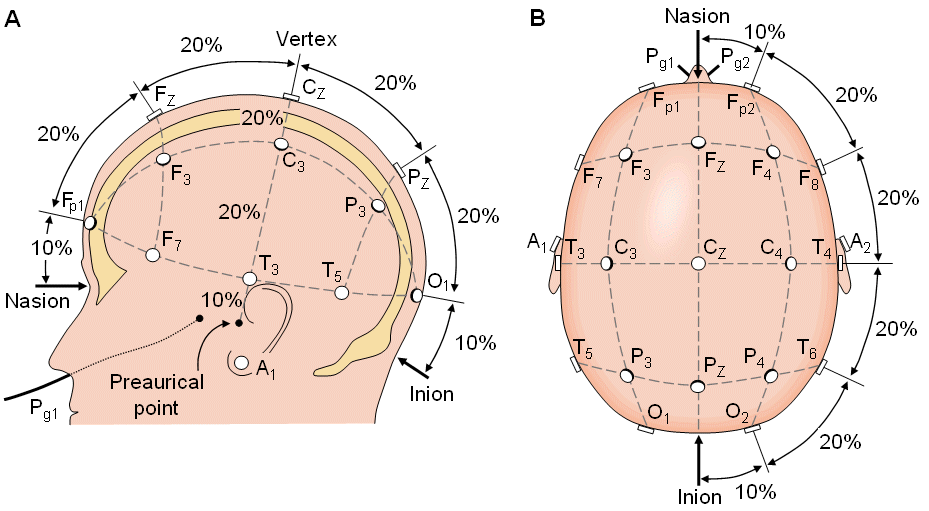Utilizing the Power of Biofeedback to Revolutionize Chronic Discomfort Control and Enhance Standard of Life
Utilizing the Power of Biofeedback to Revolutionize Chronic Discomfort Control and Enhance Standard of Life
Blog Article
Persistent pain is a condition that impacts countless of people across the globe. It can be caused by multiple factors, including injuries, diseases, or even stress. For many patients, managing chronic pain can be a constant challenge that impacts their standard of life. Traditional treatments often consist of medications, physical therapy, and occasionally surgery. However, these methods do not always offer the relief that individuals seek. Lately, biofeedback has surfaced as a promising option for controlling chronic pain and improving overall well-being.
Biofeedback is a method that teaches patients how to control specific bodily functions by using indicators from their own physiology. This method includes using sensors that track physiological functions such as heart rate, muscle tension, and skin temperature. By offering immediate feedback, patients can learn to identify their body's responses to pain and stress. This consciousness allows them to develop strategies to handle their pain more effectively. For instance, if a person observes that their muscle tension increases when they are in pain, they can practice relaxation strategies to help reduce that tension.
One of the primary advantages of biofeedback is that it empowers individuals to take an proactive role in their pain control. Instead of depending solely on medications or treatments from healthcare providers, individuals can learn to understand and control their own bodies. This feeling of control can lead to increased confidence and a more optimistic outlook on life. Many individuals indicate feeling more in control of their pain and less like sufferers of their syndrome. This change in perspective can substantially improve their standard of life.
Studies has demonstrated that biofeedback can be beneficial in alleviating chronic pain indicators. Research suggest that individuals who employ biofeedback methods often experience less pain and improved physical ability. Additionally, biofeedback can help reduce anxiety and stress, which are frequent concerns for those living with chronic pain. By tackling both the physical and psychological aspects of pain, biofeedback provides a comprehensive approach to pain control. This comprehensive method can lead to better outcomes for patients, allowing them to engage more fully in their daily activities.
In summary, biofeedback is a significant tool for revolutionizing chronic pain control. By educating patients to comprehend and regulate their physiological reactions, biofeedback empowers patients to take charge of their pain. This approach not only helps alleviate pain but also improves overall standard of life. As more individuals seek alternatives to traditional pain management methods, biofeedback emerges as a potential option. With continued research and recognition, biofeedback could become an integral part of chronic pain treatment, helping individuals neurofeedback for relationship improvement lead healthier, more fulfilling lives.